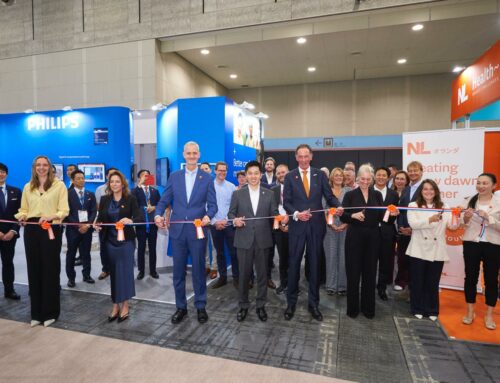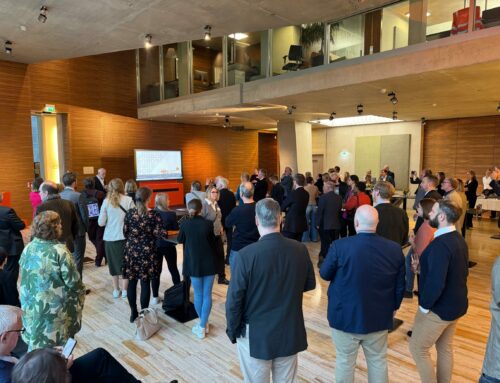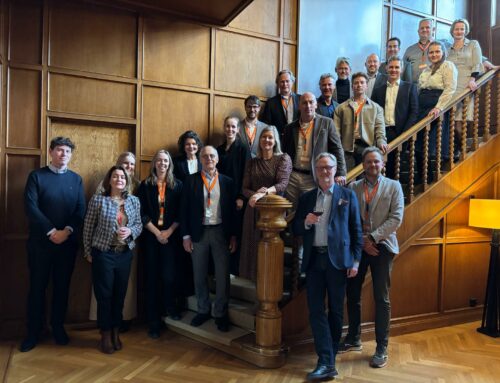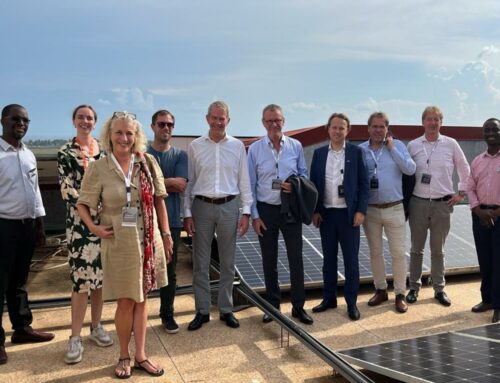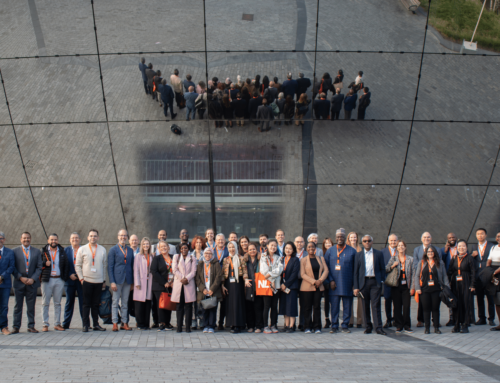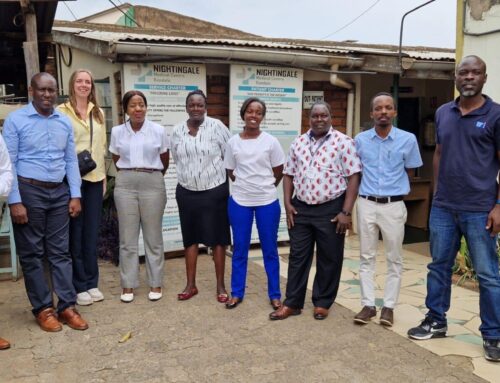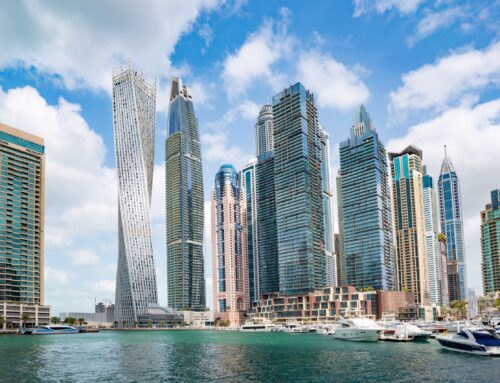Source: Gulf Times
Al Wakrah Hospitals official opening by middle of this year
By Noimot Olayiwola
Staff Reporter
The $1bn Al Wakrah Hospital, which was originally scheduled for commissioning in the second quarter of 2011, is expected to be officially open by the middle of this year, the projects assistant executive director, Hanan Sebaie, has told Gulf Times.
She said the hospital, which has its buildings spread over 128,000sqm within the 304,000sqm premises, would have over 300 beds in all its six different departments: surgical, medicine, paediatric, neurology, obstetric/gynaecology and diabetic.
The plan is to see the hospital fully operational by the middle of this year. But some sections, including the out-patient clinics, obstetrics/gynaecology, which runs two clinics, paediatric emergency, ear, nose and throat (ENT) and ophthalmology have already started receiving patients, she said.
The laboratories, pharmacy and radiology department are also fully functional.
The other sections, she said, would gradually begin offering their services until the official opening with the start of the dental and the dialysis units slated for February and March end respectively.
We will be launching the first stage of the dialysis unit, which contains some nine stations, at the end of March while an additional nine stations will be added to the unit during its second stage opening, scheduled to take place during the grand opening,†Sebaie explained.
According to her, the paediatric emergency, which is now functional with its in-patient section having about 15 beds spaces, will be upgraded to 25 when the hospital begins full operations.
Pending the official opening, other sections such as the neo-natal intensive care unit will be assisting the only facility at the Womens Hospital by receiving œstable patients only for admission by end of next month. We have provided around 10 beds for that purpose and this will increase to 28 beds later on.
She said the Medical unit in-patients, which has 10 beds, would start attending to patients by February while the physiotherapy department would open during the main launch of the hospital.
The official, who was confident that it would help reduce pressure on the Hamad General Hospital, said: Our plan is to work with the HMC in order to reduce the overload of patients and I’ll like to implore residents in Airport, Wakrah and Wukair as well as Mesaieed areas to avail of the new hospitals services.
A feature of the hospital includes the pneumatic tube technology, which is used to speed up sending and receiving of documents and specimens through cylindrical containers, via a computer-controlled system, to and from laboratories and nurses stations. The hospital will have 54 pneumatic tubes and its advanced laboratory with eight main sections will be networked through the system.
The hospital has separate buildings for womens healthcare and emergency, operation theatres and intensive care units.
Each of the three main hospital buildings has six floors with some 321 beds for inpatients and a parking lot for 1,000 cars.
There are eight gates for entry into the hospital premises.
The emergency rooms in the trauma section have seven vertical pendants with all the facilities patients will require and the section also has specially-designed ceilings with scenery of a blue sky and palm trees to create a pleasant atmosphere and give a psychological boost to the patients.
All bed head units of the hospital are equipped with advanced facilities, data systems, a nurse-call system and a power system.
These systems have been provided in all 32 patient rooms on each floor of the north and south wings of the hospital.
The three hospital buildings have a total of 26 lifts.



